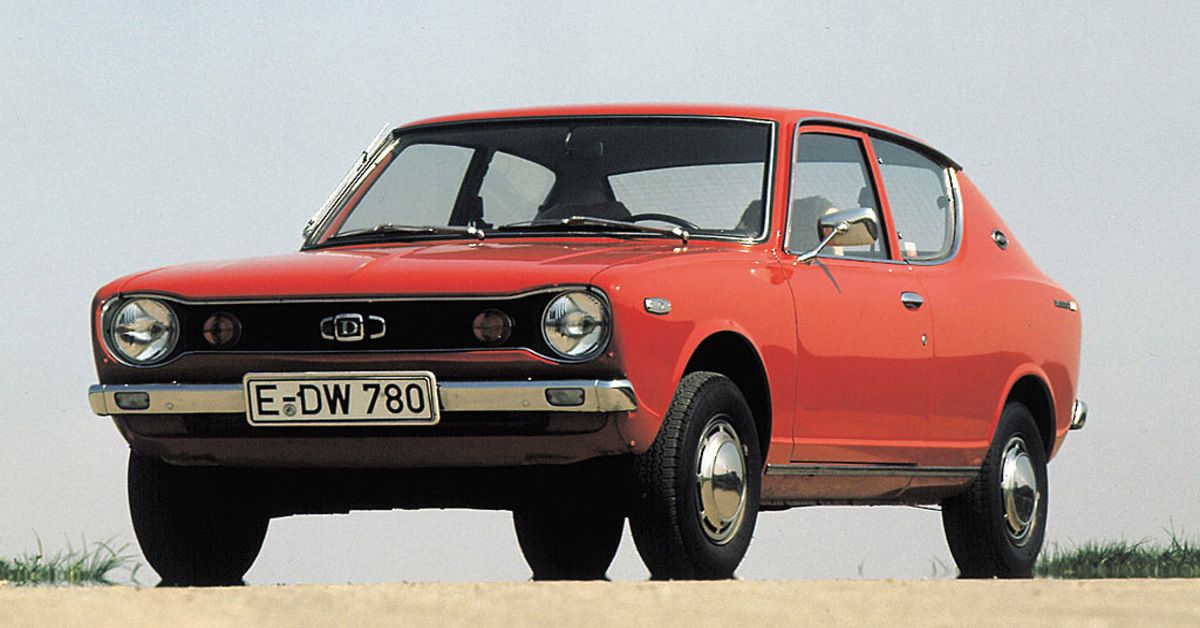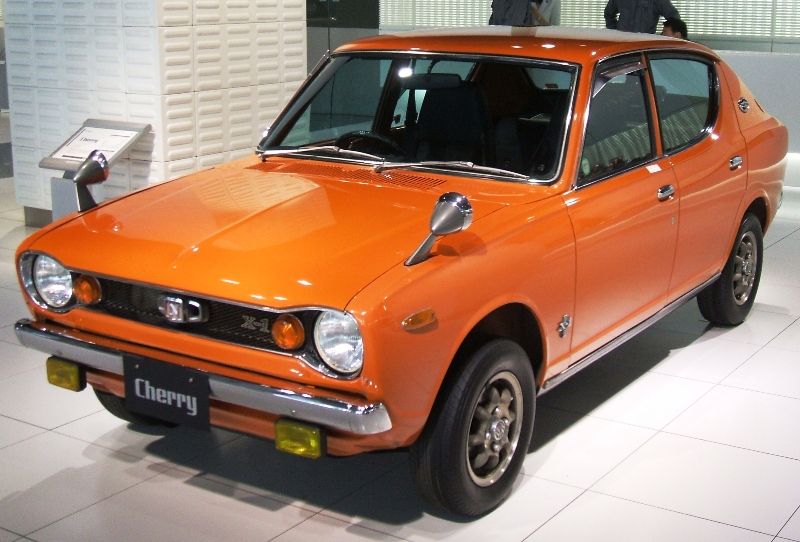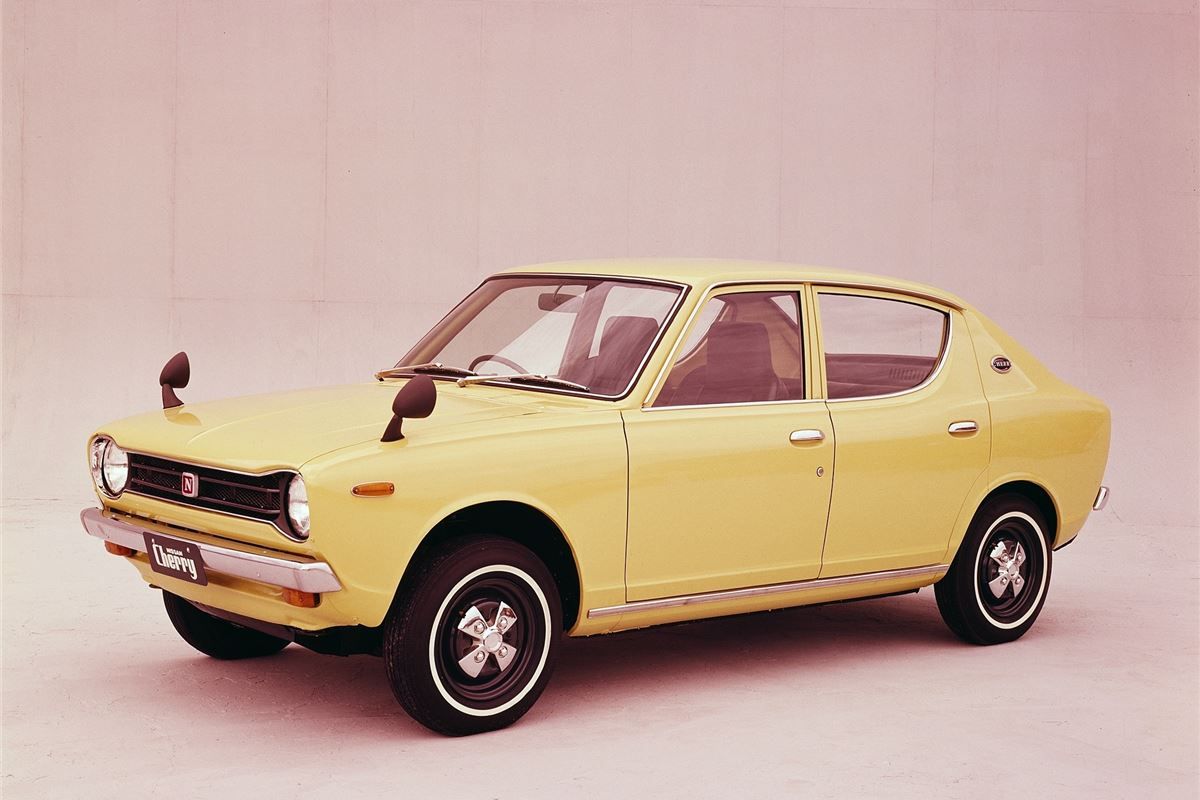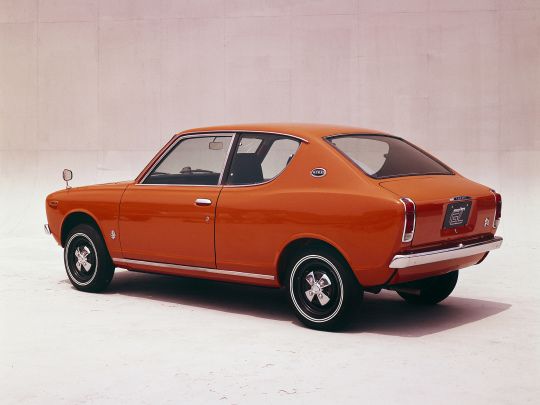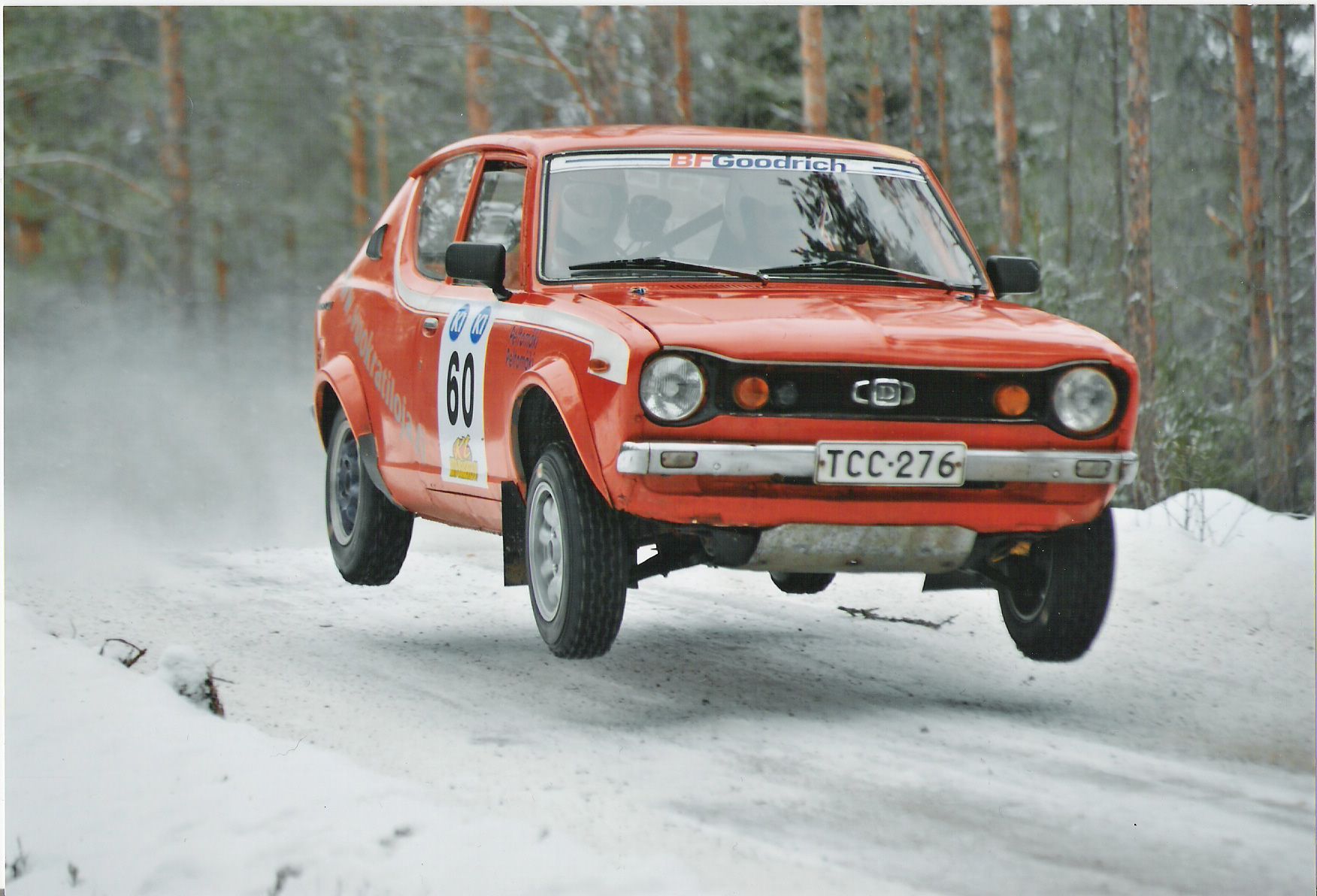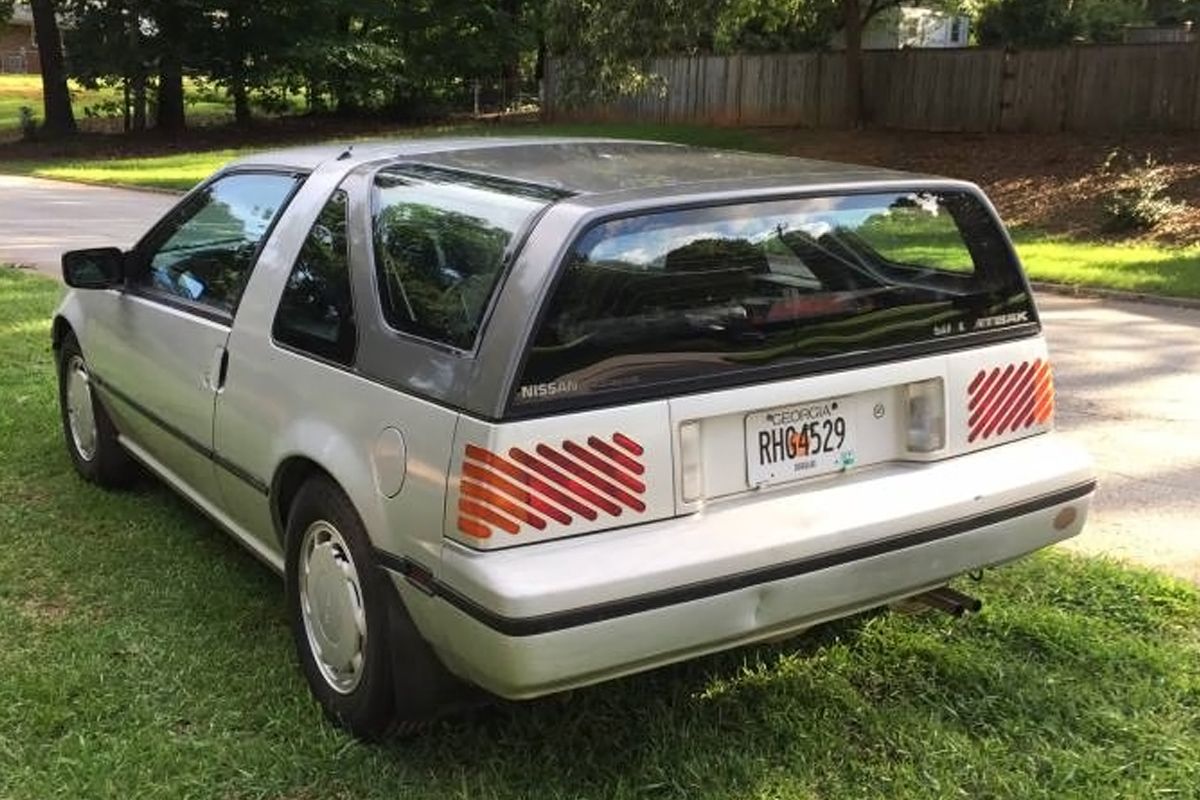Think about the selection of rental cars you have today at any run-of-the-mill rental agency. Your mind might jump to a small Ford, Hyundai, or Nissan, and chances are that car that just came to mind is front-wheel-drive.
For most of the world, the front-wheel-drive car is the standard. They are easy to maintain, cheap to produce, easy to drive, and offer better handling in typical traffic situations.
But in 1970, Nissan, a rising company around the world, was just getting into the world of front-wheel-drive cars with their first supermini, the Nissan Cherry.
The Supermini That Could
The Nissan Cherry was a unique car for the time, and yes, it was named after a fruit. The name, cherry wasn’t just a trendy name, it had some parallels in the design of the car as well.
The shape of the car was strong, but had small rounded edges, just like a cherry.
The rear window shape of the car had a “J curve” in the design, like a cherry stem.
And of course, with Nissan being a Japanese company, the allusion to the famous cherry blossoms in Japan was a perfect fit.
It was originally released in 1970 to great success both in its home country of Japan, but around the world as well.
An Eccentric Car
In its home country of Japan, the Cherry could only be purchased from small, specific Nissan Cherry stores, and it was offered with two different engines to choose from, both Nissan A 4-cylinder series of engines, the 1.0L A10 and the 1.2L A12. The JDM Cherry had an X-1 model that took the A12 engine and added upgraded dual side draft Hitachi carburetors.
While the car was small, it featured a larger-than-life design that was revolutionary for superminis at the time. The Front-wheel-drive layout made the interior of the Cherry much bigger than competitors, offering more room for passengers.
Success Around The World
While the Cherry was successful in its home country, it had a huge foothold in the UK automotive market. Just as the 1970s came, the British car market started to stumble just enough for small, quality imports to take over in the mainstream.
The European version of the Cherry, the Datsun 100A, was loved by many for its durability and decent performance. The little 1.0L A10 engine had around 55 HP, enough to move the small body around, and the 4-speed floor shifter was sporty enough to give the Datsun fun drivability.
The top speed of the little car was around 87 MPH, and while it was never intended to be driven at that speed, this is more than enough to make the car drivable on modern roads today.
Revolutionary Handling
Today, front-wheel-drive cars are the norm as we previously mentioned, but in the 1970s, they were brand new to the mainstream driver. People applauded the now routine handling capabilities of the front-wheel-drive commuter which would handle well in all weather conditions. The great handling did not stop at engine placement and the wheels that drove the Cherry, the supermini was also outfitted with four-wheel independent suspension - something not seen on many sports cars until much later.
The Years Following The First Cherry
While the 1970 Cherry sold well, it wasn’t until the following year in 1971 that the Cherry’s popularity exploded, especially in the UK where sales more than quadrupled. The Datsun (as it was known in the UK) was reliable, affordable, stylish, and fun to drive. Word spread quickly, and while the car’s successor was introduced soon after the initial release in other parts of the world, the little Datsun stuck around in the UK until 1976 before being replaced by the next generation.
The next generation of the Cherry, called the Nissan F-11 in Japan, and the Datsun F10 elsewhere was the first front-wheel-drive car by Nissan in North America, and while it didn’t sell particularly well, it was a foot in the door for Nissan in North America, one of their biggest markets today.
The Cherry’s Influence Today
In the decades following the first Cherry, it quickly evolved into a staple around the world, and eventually became the Nissan Pulsar line, a very iconic and sporty line that still has a cult following for the Nissan NX and NX Sportbak in North America.
If you are wanting to drive the classic Cherry from 1970, you can find many good examples of the first generation Cherry for around $10,000, obviously a little more expensive for American drivers dealing with importing the supermini.
Thanks to the durability of the Cherry, many examples still exist today, and they are a wonderful way for an enthusiast to daily a piece of Nissan history.

